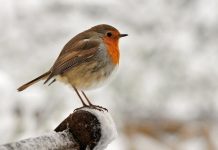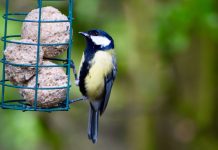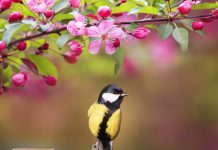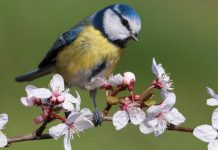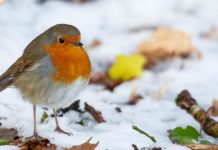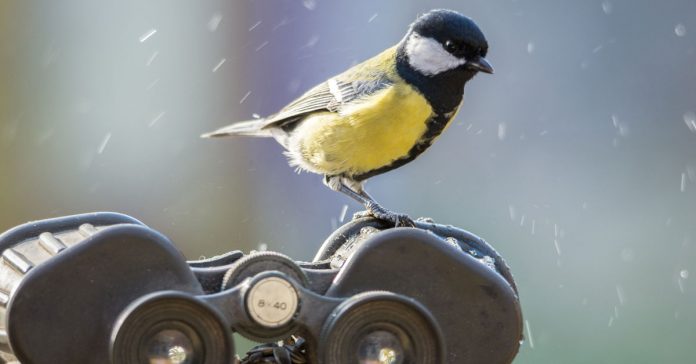Ever been sat in the garden, perhaps with a cup of tea, and a visitor flies in? Lovely yes, but you’re not quite sure what it is? Don’t worry, you’re not alone.
With so much variety on offer, it can be a real challenge to know exactly what is popping into your garden for a bit of a snack.
Here we take a look at some easy to follow tips that will hopefully make identifying the birds in your garden that whole bit easier!
1. Find some online friends
Remember the days where you would struggle with friends down the pub, trying to remember who played the supporting role in some film? Nowadays you simply go online, Google it and find your answer. But what works for actors, might not work for garden birds. Social media however, is a different beast.
By finding people on Twitter, such as The British Trust for Ornithology, RSPB or indeed Happy Beaks, you can go back to the days of asking your “mates” and find the answer. Pictures help of course, but with enough info, you might well find your bird.
Even better, if you can, is to find yourself a tightly knit community so you can learn from one another. In fact, Facebook Groups now have the facility to offer specific learning “Units” where you can teach each other new things. By finding a group of equally interested people, you should be able to fill any bird identifying gaps quite quickly.
2. Find a bird library
Social media isn’t for everyone, and if you use a search engine, the results can be overwhelming. After all, the results for “short brown bird” might be a bit broad!
Finding a resource such as our online bird library, or an interactive bird finder tool, can take the guesswork out of identification.
Of course, not everything has to be online…
3. Find a book

Image source: Thinkstock
A pocket guide, a part-time coaster come coffee book, or something you can keep in your bookcase for reference; there are a great variety of garden bird books available. While it is important to remember, that not every bird looks exactly as it does in the book (and vice versa), a handy encyclopedia style resource can be very helpful.
Stephen Moss and David Cottridge’s Attracting Birds to Your Garden is a particular favourite for the Happy Beaks team. However, the book that for many is the go-to option, has to be the RSPB Pocket Guide to British Birds.
Whatever book you use, the key thing is to consider it as a reference point, not a concrete statement on what’s what. After all, it’s always going to be difficult to know the difference between a willow and marsh tit, and no book will ever change that.
4. Find an app
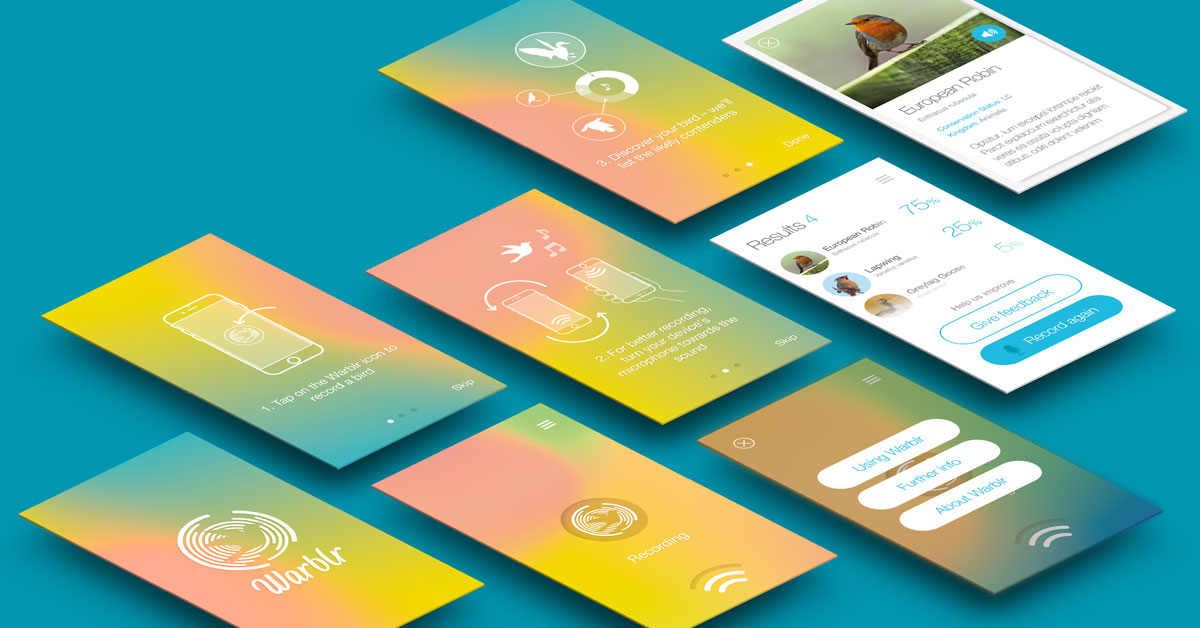
Image source: Warblr
While bird recognition apps may be in their early days, they do indeed exist. The best example is probably Warblr, which allows you to record the noises that birds make and then identify them by their calls.
It can be hard to isolate a call in a busy garden, but you may as well use all the tools at your disposal.
5. Play bird bingo
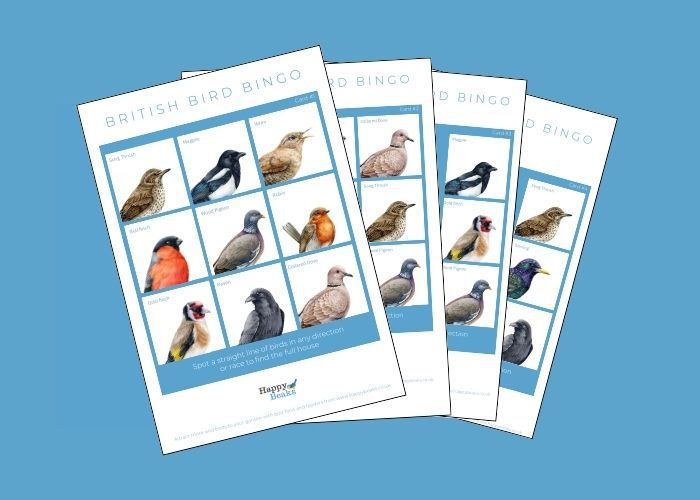
All you need to do is visit our bird bingo page, download the playing cards for free and get spotting.
Entertain friends and family for hours with Happy Beaks bird bingo.
What to look for
It’s all well and good us telling you how to identify a bird, but what exactly do you look for?
- Plumage – How fluffy is it? What colour is the plumage and is there any pattenting?
- Calls – A short sharp shrill or a long call? Keep those ears peeled and take a note of what you here.
- Size – Birds like the lesser and great spotted woodpecker can be told apart by their size, so just how big is your bird?
- Where – A fieldfare will only really come out when natural food is scarce, such as when it snows, while a blackbird is mainstay of the garden hedge.
- How many – Starlings fly in great numbers, and housemartins dart in and out of nests on rotation. Is your bird with pals or a bit of a loner?
- What it was doing? – Was it at your bird table or down at the ground feeder? Different birds have different preferences when it comes to feeding.
- Looks like a… – “It looks like a siskin” can make your life a lot easier, as your friends down the pub, or indeed on social media, will have an easy starting base.





